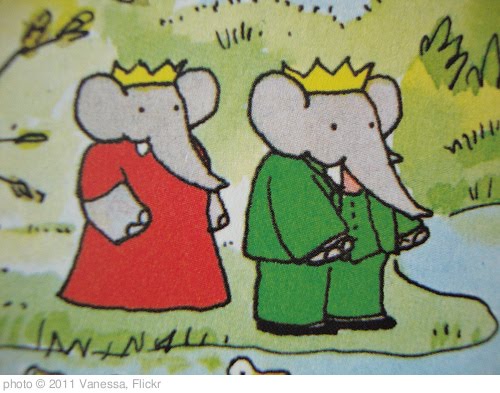March 3, 1931. The bill designating The Star Spangled Banner as the United States’ national anthem is passed by Congress and signed into law by President Hoover on this date. Read Peter Spier’s The Star Spangled Banner, not just for the history, but also for the pictures.

April 14, 1931. King Alfonso XIII of Spain abdicates the throne, and Spain declares itself a republic after Republicans win in a general election called after the resignation last year of military dictator Miguel Primo de Rivera.
May 1931. Soviet leader Joseph Stalin announces his second Five Year Plan for the collectivization of Soviet farming and the industrialization of the country.
May 11, 1931. The Creditanstalt, Austria’s largest bank, goes bankrupt, beginning the banking collapse in Central Europe that causes a worldwide financial meltdown. In June, German Chancellor Dr. Heinrich Brüning visits London, where he warns the British Prime Minister Ramsay MacDonald that the collapse of the Austrian banking system, caused by the bankruptcy of the Creditanstalt, has left the entire German banking system on the verge of collapse.
July, 1931. The Benguella-Katanga, the first trans-African railroad, opens in southern Africa. the railroad links the Atlantic port of Lobito in Angola with the copper mines of Katanga in Belgian Congo. More about the railway and its history.
August 31, 1931. The Yangtze River floods, leaving 23 million people homeless.
September 18, 1931. The Japanese invade Manchuria in northern China.
October 17, 1931. Al “Scarface” Capone, Chicago gangster, is jailed for income tax fraud. The 28 year old FBI agent who leads the investigation of Capone, Elliot Ness, becomes a hero. His team of law enforcement agents is known as “The Untouchables” for their bravery and honesty in corrupt Chicago.
 November, 1931. Mao Zedong and his communist associates, with the help of the Soviet Union, declare a Chinese Soviet Republic in north-central China. The majority of China is still under the control of the nationalist Chinese government (Kuomintang) of General Chiang Kai-shek.
November, 1931. Mao Zedong and his communist associates, with the help of the Soviet Union, declare a Chinese Soviet Republic in north-central China. The majority of China is still under the control of the nationalist Chinese government (Kuomintang) of General Chiang Kai-shek.
December 11, 1931. The British Parliament enacts the Statute of Westminster, which establishes a status of legislative equality between the self-governing dominions of the Commonwealth of Australia, the Dominion of Canada, the Irish Free State, Newfoundland, the Dominion of New Zealand, and the Union of South Africa. India still has not been given dominion or commonwealth status.



